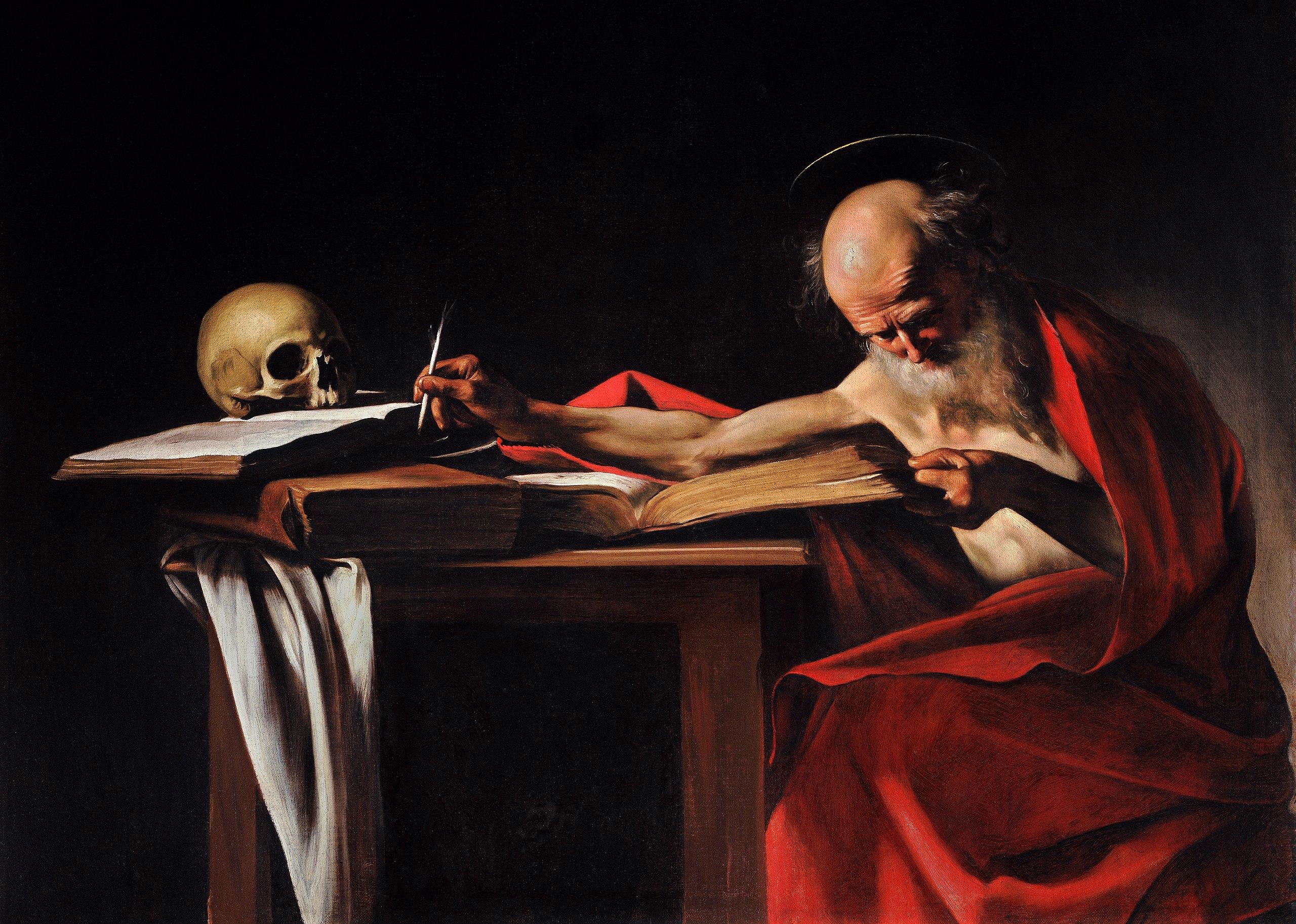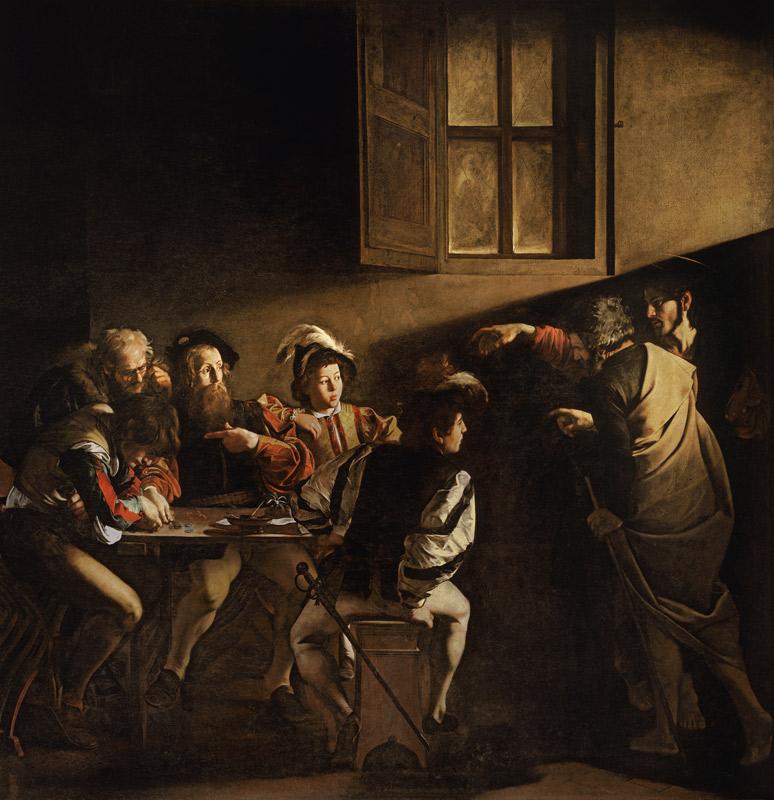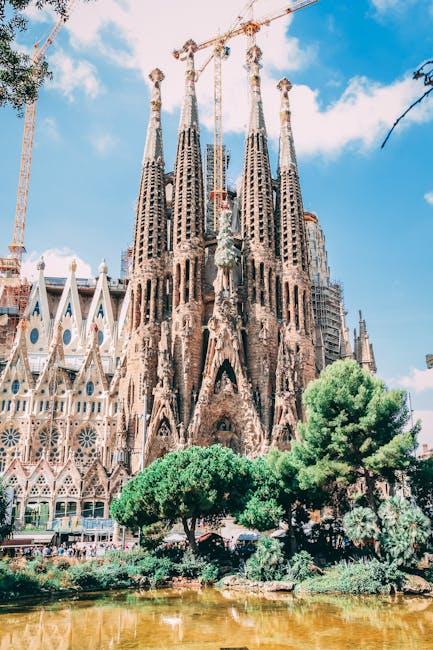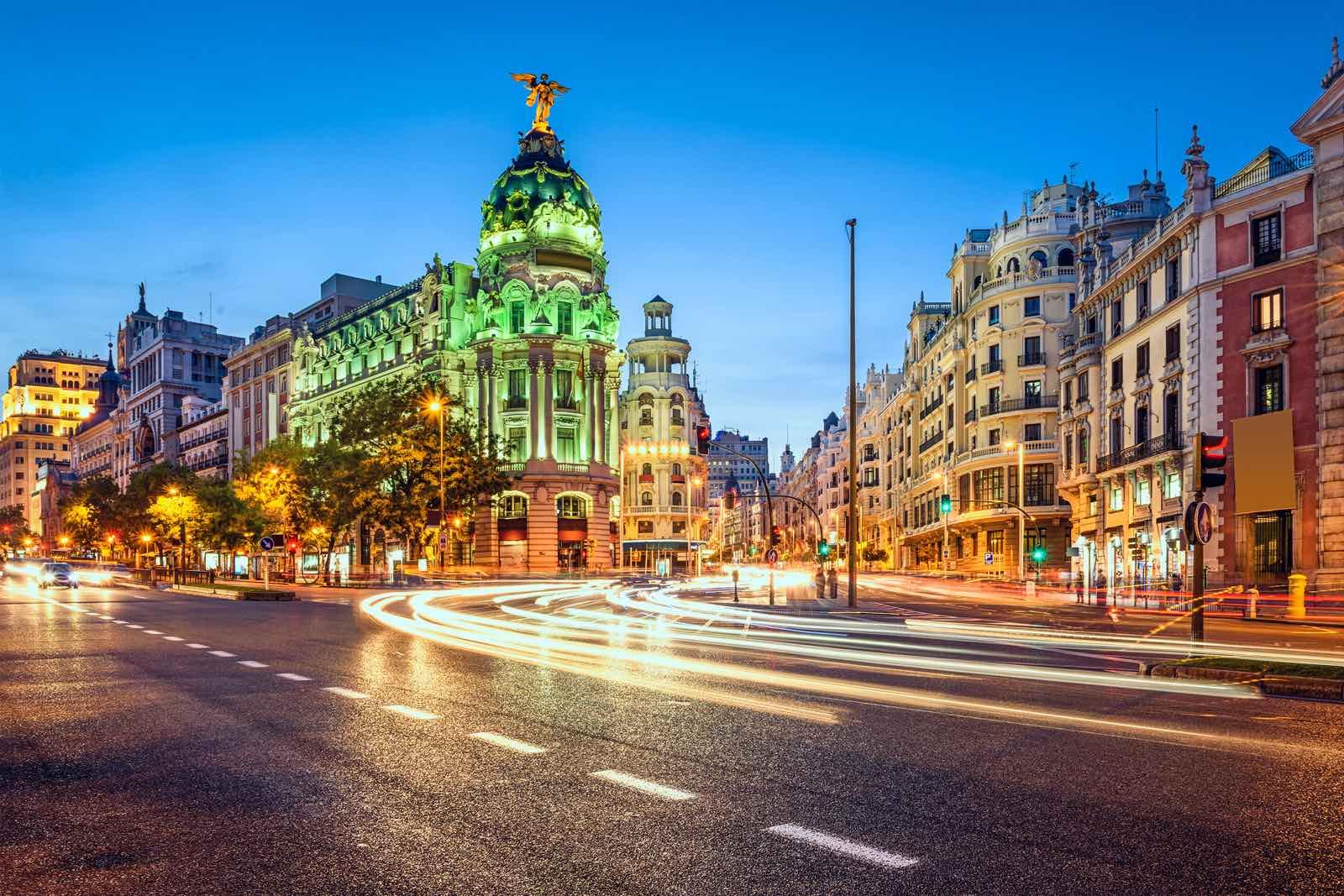In the shadowy realm of art and antiquity, where history’s whispers echo through the ages, a stunning revelation has surfaced, altering the course and perception of art’s lineage. Nestled within the vibrant heart of Spain, a country already resplendent with cultural marvels and artistic masterpieces, a discovery that teeters on the brink of miraculous has emerged, capturing the imagination of art enthusiasts and historians alike. This tale unfolds with the unveiling of a ‘lost’ masterpiece, attributed to none other than Michelangelo Merisi da Caravaggio, the enigmatic maestro whose works have enraptured and mystified generations. What sets this narrative ablaze is not merely the re-emergence of a piece once thought consigned to the annals of obscurity but the astounding fact that it narrowly escaped the grasp of oblivion, almost sold for a mere €1,500. This story is a serendary ode to the caprices of fate and the unyielding efforts of those dedicated to preserving our global heritage. As Spain prepares to unveil this artistic phoenix reborn from the ashes of near oblivion, we stand on the precipice of witnessing not just the recovery of a monumental work of art, but the resurrection of a fragment of history long thought lost to the sands of time.
The Unveiling of a Masterpiece: Spain’s ‘Lost’ Caravaggio Emerges from the Shadows
In a twist of fate resembling the plot of a mystery novel, a painting that nearly slipped through the fingers of art history for a mere €1,500 has been authenticated as the work of Michelangelo Merisi da Caravaggio, one of the most pivotal figures of the Baroque period. The painting, previously obscured in the storeroom of a Spanish auction house, was poised for sale as a relatively insignificant piece until sharp-eyed art experts intervened, sensing its true origins. This revelation has not only astounded the art world but also offered Spain an unexpected treasure, casting light on a piece that vibrantly encapsulates the dramatic chiaroscuro and emotional depth Caravaggio is renowned for.
| Title | Estimated Value Post-Authentication | Previous Estimated Value | Period |
|---|---|---|---|
| The Crowning with Thorns | €120 million | €1,500 | Early 17th Century |
The narrative of this ‘lost’ Caravaggio not only underscores the invaluable role of expert art scholars but also underscores the unpredictable nature of art discovery. In an era where the authenticity of artworks is scrutinized with modern technology, the uncovering of such a masterpiece through traditional expertise highlights the enduring value of human intuition in the arts. Spaniards and art enthusiasts worldwide now eagerly await the public unveiling of this masterpiece, an event destined to shed new light on Caravaggio’s oeuvre and reaffirm Spain’s rich cultural heritage embedded with historical surprises.
From Near Miss to National Treasure: The Journey of a €1,500 Caravaggio
In an astonishing tale that has captured the imaginations of art enthusiasts and historians alike, a painting by the legendary Italian painter Caravaggio, once on the verge of being sold for a mere €1,500, is now recognized as a national treasure by Spain. The artwork, previously shrouded in obscurity and considered to be a mere relic of the past by its unsuspecting owners, was identified mere days before its auction as a potential masterpiece by the revered artist. This revelation not only halted its sale but also embarked the painting on a journey from a dusty attic find to becoming a significant piece of cultural heritage.
The painting, depicting a biblical scene with the intensity and drama characteristic of Caravaggio’s work, underwent extensive authentication and conservation efforts. Experts employed cutting-edge technology, including infrared reflectography and x-radiography, to unveil the true genius behind the layers of varnish and time. During this period of meticulous scrutiny, the art world held its breath, awaiting confirmation of the painting’s origins.
| Event | Date | Significance |
| Discovery | 2020 | Unearthed in a private collection, mistaken for a copy. |
| Auction Halt | 2021 | Identified as a potential Caravaggio, preventing its sale. |
| Authentication Process | 2021-2023 | Underwent rigorous testing to confirm its origin. |
| Public Unveiling | 2023 | Revealed as a genuine Caravaggio, to be displayed in Spain. |
The turning point in this painting’s fate highlights not only the intrinsic value of expert oversight in the art trading world but also the enduring legacy of Caravaggio. His technique, which revolutionized the use of light and shadow, continues to inspire and awe. As this €1,500 painting transitions from a near miss to a celebrated artifact, it serves as a poignant reminder of the layered history and unexplored treasures that may still lie hidden, waiting for their moment to shine.
Art World Aflutter: Implications of Spain’s Astonishing Rediscovery
In what might be considered a miraculous twist of fate, a once-overlooked piece of artwork that nearly exchanged hands for a mere €1,500, is now making headlines across the globe, shaking the very foundations of the art community. This revelation has not only sent waves of excitement but also posed significative questions about the provenance and valuation of art. The protagonist of this bewildering narrative is none other than a long-lost painting attributed to the legendary Michelangelo Merisi da Caravaggio, a master of the Italian Baroque era known for his bold realism and pioneering use of chiaroscuro. This painting, believed to depict a biblical scene, was discovered in an unsuspecting corner of a Spanish collector’s attic, a finding that highlights the sometimes-hidden treasures lurking in plain sight.
The implications of this astounding discovery traverse beyond the mere excitement of stumbling upon a masterpiece — it prompts a reevaluation of art history as we know it. Scholars and experts are now piecing together the journey of this painting, attempting to untangle its mysterious past and authenticate its lineage. The table below outlines the immediate effects that the rediscovery has elicited within the art community:
<table class="wp-block-table">
<thead>
<tr>
<th scope="col"><strong>Effect</strong></th>
<th scope="col"><strong>Description</strong></th>
</tr>
</thead>
<tbody>
<tr>
<td><strong>Market Surge</strong></td>
<td>The unveiling has sparked a renewed interest in Caravaggio’s works, influencing market prices and the demand for art from the Baroque period.</td>
</tr>
<tr>
<td><strong>Academic Pursuit</strong></td>
<td>Academics and historians are rigorously examining the painting’s origins, eager to add a new chapter to Caravaggio’s storied life and works.</td>
</tr>
<tr>
<td><strong>Public Engagement</strong></td>
<td>This discovery has captivated the imagination of the public, drawing crowds and fostering a deeper appreciation for art history.</td>
</tr>
</tbody>
</table>As the excitement continues to build, this event serves as a potent reminder of the mysteries that art conserves, awaiting discovery. It underscores the vibrant, pulsating heart of the art world—a realm where the past constantly merges with the present, unveiling truths and rewriting narratives in its wake. The reemergence of this Caravaggio piece not only enriches our cultural heritage but also weaves new connections between the art of yesteryears and today’s admirers, ensuring the legacy of the maestro endures.
Preserving History: Safeguarding Spain’s Newly Found Artistic Heritage
In an awe-inspiring turn of events, a painting that narrowly escaped auction for a mere €1,500 is now being celebrated as a work by the illustrious Michelangelo Merisi da Caravaggio. This discovery marks a significant moment in the art world, highlighting the crucial need for vigilant preservation and study of art to uncover lost masterpieces. The painting, which depicts a stunning biblical scene, was identified by experts who were astounded by the similarity of its technique, use of light, and emotional depth to Caravaggio’s acknowledged works. This discovery not only enriches Spain’s cultural heritage but also serves as a reminder of the myriad treasures that may still lie hidden, awaiting rediscovery.
To ensure the protection and proper curation of this valuable find, Spain has leveraged cutting-edge conservation techniques and technologies. The country’s dedication to safeguarding this piece of its newfound artistic heritage is evident in the meticulous care being taken to stabilize, study, and eventually display the artwork to the public. Below are some key steps being taken:
- Detailed Analysis and Restoration: Utilizing advanced imaging and diagnostic tools to assess the painting’s condition and undertake necessary restorations.
- Provenance Research: Conducting thorough investigations into the artwork’s history to piece together how it came to be mistakenly valued and to confirm its authenticity as a Caravaggio.
| Activity | Objective | Expected Outcome |
| UV Light Examination | To identify previous restorations | Map of interventions |
| Infrared Reflectography | To see underdrawings | Insights into Caravaggio’s process |
| X-ray Fluorescence | To analyze pigments | Confirmation of historical accuracy |
| Public Exhibition Planning | To share with the world | Increased accessibility to Caravaggio’s art |
These steps underscore Spain’s commitment to not only preserving its rich historical tapestry but also fostering a deeper connection between the public and the nation’s artistic legacies. As the global community anticipates the official unveiling of this ‘lost’ Caravaggio, we’re reminded of the profound impact that art restoration and archaeology can have on our understanding and appreciation of cultural heritage.
Wrapping Up
As the curtains prepare to draw on this mesmerizing tale of art lost and found, one cannot help but marvel at the journey of discovery that intertwines the past with the present. The unveiling of a ‘lost’ Caravaggio, a masterpiece that narrowly escaped the clutches of obscurity at a mere €1,500, serves as a poignant reminder of the treasures that lie hidden, waiting to whisper their stories to those willing to listen. Spain, in its revelation of this esteemed artwork, not only enriches its cultural tapestry but also invites us to ponder on the numerous mysteries that remain ensconced within the shadows of history. As we eagerly await the grand unveiling, we are reminded of the power of art to traverse time, awakening the narratives of yesteryears into the consciousness of today. Indeed, in the revelation of what was once lost, we find not just a piece of art, but a timeless emblem of history’s enduring legacy.




